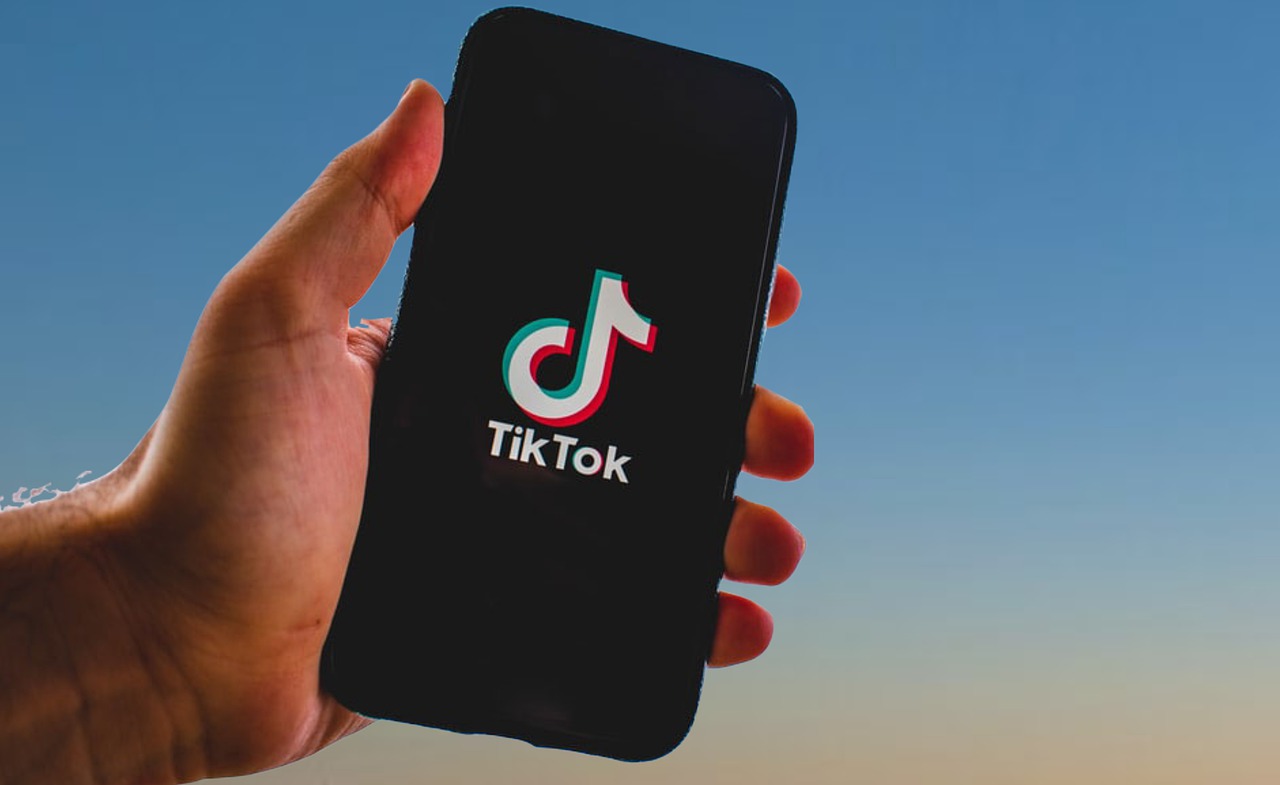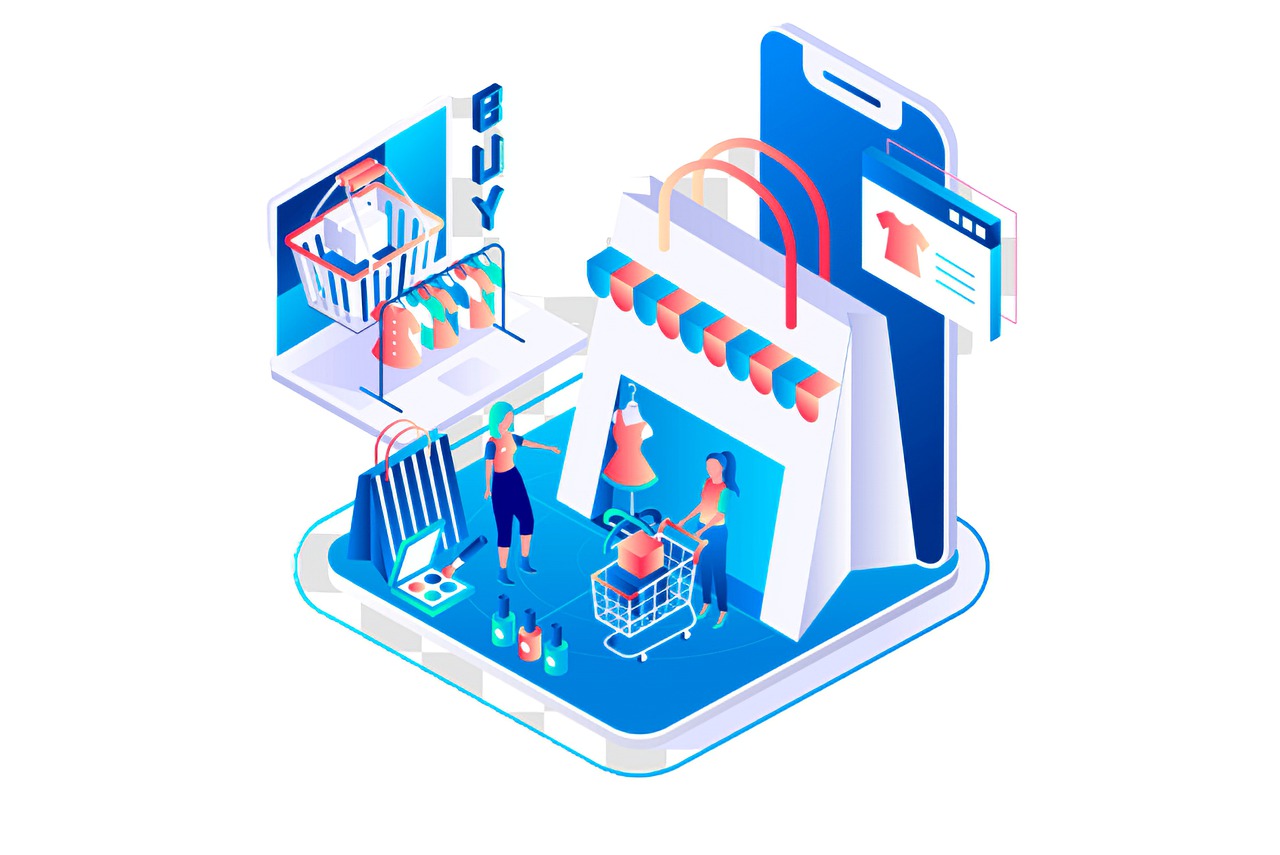Part 1: How To Launch, Manage, & Grow An Affiliate Program Step-By-Step via @sejournal, @rollerblader
Are you curious about having an affiliate program, or wonder if your program is flat? This three-part guide walks you through launching, scaling, and value-testing. The post Part 1: How To Launch, Manage, & Grow An Affiliate Program Step-By-Step...

A value-adding affiliate program is among the highest-value, lowest-risk, and most reliable revenue channels. This three-part series will teach you how to launch, manage, and grow a value-adding affiliate program.
First, we should define “value-adding.” For this guide, value-adding is traffic that does not intercept your own efforts. If you lose SEO rankings, get banned on social media, or your email and SMS lists are destroyed, your affiliates will continue to be able to send you the same volume of customers and sales, helping you stay afloat.
But there are risks to the channel, and it is a heavy labor marketing strategy. Unless you are a major brand, there is no massive group of people who want to promote your product or service and drive sales to you. This is why having a proper plan to launch, manage, and grow your affiliate program is vital, and these three guides teache you how to do that.
Over the last 20+/- years, I’ve helped companies of all sizes and across the world launch, manage, and close down affiliate programs. I’m a two-time winner of the Affiliate Summit Pinnacle Award, which at the time required nominations from the international affiliate community and voting on by their board of directors.
I currently manage affiliate programs, coach companies, and in-house managers. I also managed an affiliate CPA network for a year in the past. I’ve been on all sides of the equation.
This guide is based on my experience and is intended to help you launch, grow, or remove stagnation from your affiliate program. It’s packed with pro tips to help you with attribution and answer your questions when something feels off, and you’re not getting explanations that sit right, like “It’s part of the customer journey or lifecycle.”
So, let’s start with a definition of an affiliate program because there is a lot of confusion between programs and networks. Then, we will go into the rest of part 1. Each part of the series gets more advanced, so if this is too easy, keep reading.
What Is An Affiliate Program?
An affiliate program is a marketing channel in which a company pays a third party on a revenue-sharing basis to promote its products, services, or offers.
The affiliate program is tracked via a software solution known as an affiliate or CPA network or through an analytics platform.
Now that we have a definition of what an affiliate program is, let’s get into the post.
This topic is split into three parts. Use the jump links below to navigate this post, and watch out for part 2!
Definitions and Terminology – Read the Value Add bullets before proceeding as this is an important part of the post. Setting Goals and Expectations Formula to forecast affiliate revenueDefinitions
The jargon with affiliate programs can get confusing, the following is how we define each in this guide. Please note the wording can change based on the country and language.
For example, we say “affiliate program” in the USA, but in the UK, you may hear “affiliate scheme.” It’s the same thing.
Affiliate (also known as a publisher) – The person, company, or entity that promotes a brand, service, or product on a performance basis. Affiliate network – A tracking platform that traditionally hosts ecommerce stores with multiple products, single or multiple lead forms for SAAS, service providers, aggregators, or services, and earns their money through override fees on transactions and annual software usage fees. Affiliate program (also known as scheme) – A store, service provider, or company and aggregator that pays other people, companies, or groups to promote their offering on a revenue-sharing or mixed payment model. CPA network – Similar to an affiliate network, but does single offers or multiple private offers for a long-form, lead form, or landing page type of deal. Instead of ecommerce stores and sites, you may find subscriptions, bundles, and other types of “deals” or “offers” vs. selling individual products or shopping experiences. Offer – Normally found on CPA networks, not affiliate networks, an offer is a commissionable service, bundle, or lead gen that pays a fee for a specific action, including downloads, form fills, and completed purchases. OPM (also known as affiliate management company, consultant, or affiliate marketing agency) – Stands for outsourced program management. Intent to purchase or convert – Commonly used to define where the person is in their customer journey. It is often confused with value-adding, they are not equal or one-in-the same. “High-intent to purchase” or “relevant traffic” can often be used to disguise financially damaging behaviors to the company if allowed in the affiliate program. FTC disclosures – These are advertising, endorsement, and relationship disclosures the FTC requires when promoting a product, service, brand, or app in order to receive some form of compensation. Click here and here to learn more.Value add – The level of influence an affiliate click or interaction has on the decision to purchase:
High value – Partners that introduce new users to the brand and have their own traffic. Without this partner, the brand would not gain exposure to the audience or have sales. Mid value – This touch point can be a review that helps convince a customer to convert or brings a customer back who either did not know the brand offered the product or service or forgot the brand existed. Low value – An interaction that likely would have occurred without the partner, but there was at least some level of influence. This could be reviews, some end-of-sale touchpoints, or mid-shopping interceptions. No value – When an affiliate has a touch point that does not influence the decision but takes a commission. This includes coupon codes that leak from influencers or partnerships, some end-of-sale and mid-sale touch points via browser extensions, and websites (including mass media) showing up for “your brand + coupons” in Google.Now that you have the jargon, let’s jump into the guide.
Setting Goals And Expectations
The first step in launching or rebuilding an affiliate program is to set clear goals and expectations. Some companies do not care if their partners add value; they just need to show that there is a program and sales occur in it.
This is most common with large brands, inexperienced affiliate managers, and agencies that use a “set it and forget it” or “automated” strategy.
Other brands want customer acquisition, brand exposure, and new traffic sources so they can increase revenue and win back previous customers. It is up to you to define the goals for your company and program.
Side note: I’ve heard from C-level and marketing executives who say they do not care if the affiliates add value or not; they just want to keep the board or the C-suite happy. Other times, they need to spend their budget to keep their budget, so they turn their heads the other way, knowing their company is taking a loss. The network reps tell me similar things, and that is why low—and no-value partners will continue to thrive.
Based on the goals you set, you’ll be able to define what is needed in a platform and how to locate and recruit partners that meet your goals and see success with the channel. Proper affiliate platform selection is vital.
Not all platforms offer video creative or advanced HTML/JavaScript for advanced tools. Some have a great reputation in your niche but only do offers vs. ecommerce sales, so you won’t be able to grow or scale if you work with them and want traditional affiliates.
If compliance is important, not all networks give you direct access to the partners in your affiliate program, and some block referring URLs. This means you don’t know if your partners are making false claims, including medical claims, not following brand guidelines, or using advertising disclosures.
To pick a tracking platform for your affiliate program, ask yourself these questions:
Do I want new customers or not?Will I be ok with revenue losses if AOV (average order value) increases, and can I do a controlled test before I launch?
This is a common talking point by voucher/coupon and loyalty browser extensions to get into programs. They will say allowing them to interact with customers already in the shopping process increases conversions or AOV. You must have an unbiased third party, which means no affiliate networks, affiliate managers, or affiliate agencies running the test. None of these groups is unbiased, as all are incentivized to allow these touchpoints. What types of creatives will I need to provide in order to achieve my goals? Am I okay with not being able to forecast profitability, as the entire channel is out of my control? Knowing this is a labor-intensive channel, can I dedicate the resources and take the financial loss during the first year or two to test its viability? Or will my time and money be better focused on PPC, social media, SEO, win-backs, co-marketing, offline advertising, etc…? If I don’t have the time, can I afford to take a loss on an agency for a year while they try it for me? What is the potential market opportunity, and have I tested the conversions from it? This refers to how much traffic is out there that you cannot reach on your own if your goal is a value-adding affiliate program.Pro tip: Launching multiple networks because access to all affiliates is a bad idea 99.99% of the time. You’ll need to add custom logic code to your shopping cart to prevent paying out to multiple networks and to track all affiliate network clicks with a custom internal attribution system.
If you don’t have custom click attribution, the wrong network will get credit for the sale when two are involved, and you’ll end up choosing the wrong one to stick with. Don’t make this mistake as so many do.
Forecasting If An Affiliate Program Makes Sense Or Can Be Profitable
If all your affiliates are doing is intercepting your own traffic through browser extensions or by showing up in Google or Bing for your brand + coupons, you can forecast affiliate sales based on total site conversions.
These partners grow and fall as your own efforts grow and fall as your traffic falls because they are intercepting your own customers on your own website.
The more customers you have, the more they can intercept and the more they make. The less you have, the less they have to intercept and the less they make.
With that said, you can make a forecast for high-value affiliates that bring sales you would not have had on your own. This involves using data points from other channels. I’ll use non-review and non-coupon SEO affiliates for the example.
Start by using Google’s Keyword Planner or a keyword estimator from your favorite SEO tool to find estimated search volumes. Combine the volume with your own data points for conversions. (For example, if you have a 5% conversion rate from PPC for the phrase “best blue tshirts” and there are 10,000 people searching each month, having affiliates show up for this phrase in SEO lets you forecast potential revenue if they send you the traffic.) Combine this with your other data points for a more complete opportunity, including social media influencers, YouTube, and co-marketing.Here’s A Formula To Use For A Basic Affiliate Program Profitability Forecast
2,000 visitors at 5% conversions with an AOV of $50 = $5,000.
With a 10% commission, 20% network fee, and operating cost of $2 per order, your profit is $4,200 (there is a net cost of $800 in the example above).
Last, add in anything you pay your affiliate manager including bonuses and design costs for banners, etc…
If you pay your affiliate manager $2,000 per month, your revenue will be $2,200 per month or $26,400 per year. The customer acquisition cost (CAC) is amazing!
Bonus tip: Look at how many customers come back and purchase again. If you are not paying on the second or third sale but keep the touchpoint in your records, then each additional sale from this acquisition counts as revenue with a higher ROAS (return on ad spend).
In the situation above you may find that this affiliate traffic leads to a large LTV (lifetime value) customer, so maybe you take a loss on the first sale for the partners with a higher PLTV (predicted lifetime value).
You may lose on the first sale, but you don’t have to pay for that same customer multiple times, and the affiliate continues to send you more like them because your affiliates are being paid fairly.
Move On To Part Two: Types Of Affiliates & Onboarding
Now that you know what the terminology means, how to forecast profitability, and can set goals and expectations for your affiliate program, let’s look at the types of affiliates, the tools they’ll need, ways to activate them, and communications strategies in part two.
More resources:
34 High-Ticket Affiliate Marketing & Partner Programs 2024 The 17 Best Ad Networks For Content Creators In 2024 Affiliate Marketing Beginners Guide (How To Get Started)Featured Image: Roman Samborskyi/Shutterstock

 Kass
Kass 








![Competitor Backlink Analysis With Python [Complete Script] via @sejournal, @artios_io](https://cdn.searchenginejournal.com/wp-content/uploads/2022/05/python-competitor-backlinks-628bb7e9cf5ac-sej.png)






















